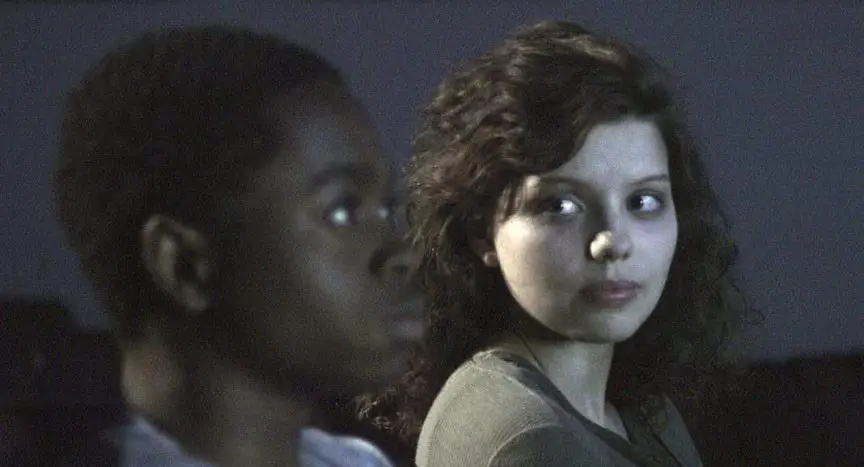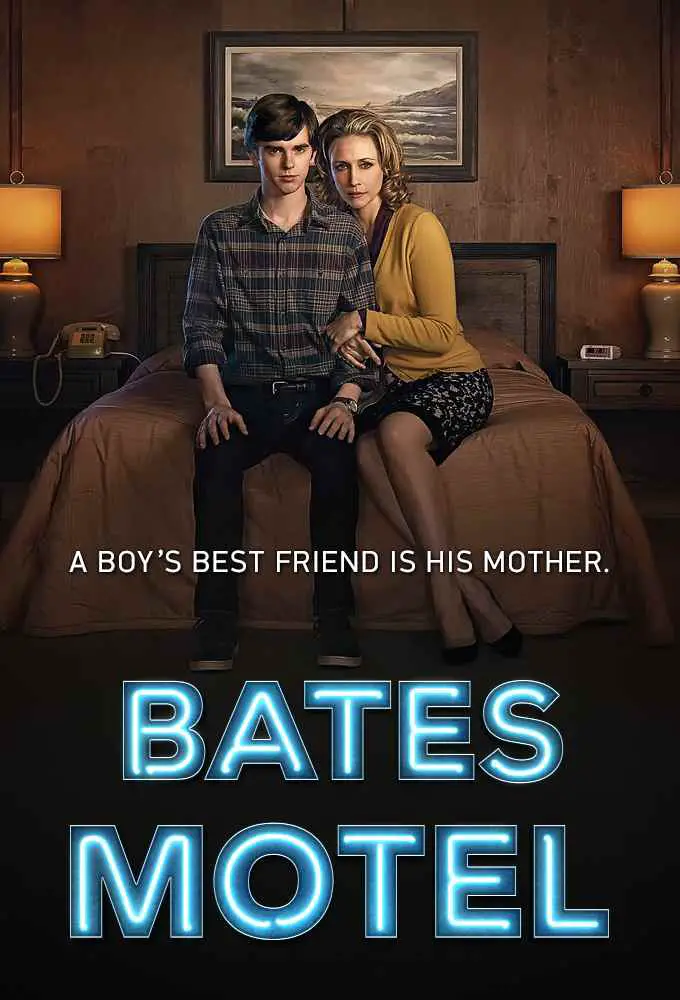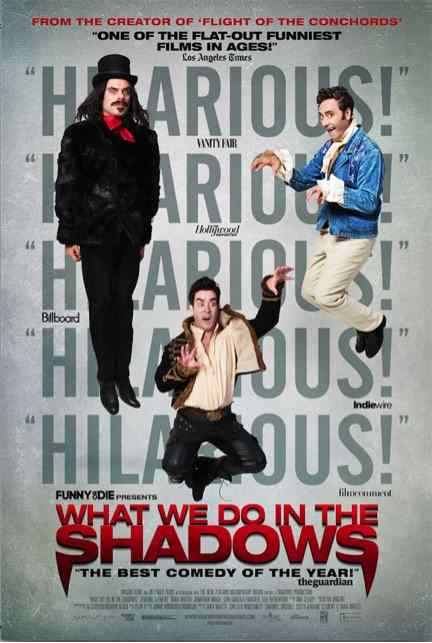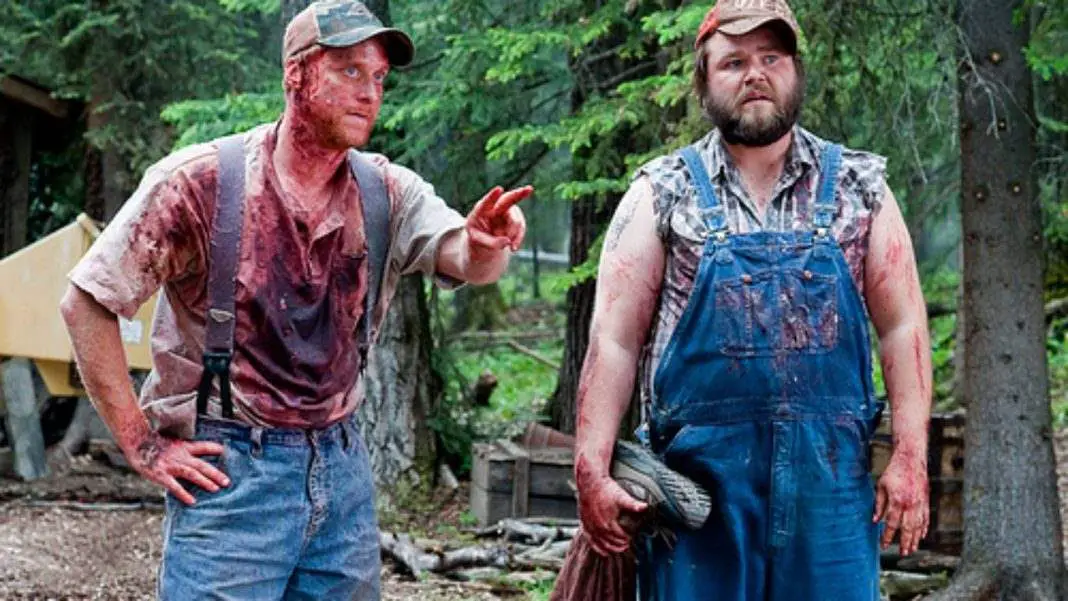Horror is having a moment. Suddenly, after being considered low-brow entertainment basically since its inception, our beloved genre is heralded as smart, evocative, and worth investing one’s time in. This is thanks, in large part, to indie masterworks like Julia Ducournau’s Raw and Robert Eggers’ The Witch and blockbuster mega-hits such as Split and Get Out.
Longtime fans will balk at the idea that horror wasn’t previously worth taking seriously (and rightly so), but there’s no denying how wonderful it is to see scary movies–or, more accurately, genuinely great films–gifted major box office returns, strong reviews and lengthy, wide releases. No longer are these movies hiding in the shadows, their posters stuck sheepishly next to the loos.
A couple of years back, when It Follows expanded into a thousand more theatres due to increasingly positive word of mouth, it was considered a huge win chiefly because it wouldn’t have seemed possible before. 2017 has already given us Raw, Split, Get Out, Personal Shopper, Prevenge, The Blackcoat’s Daughter and I Don’t Feel At Home In This World Anymore.

Like the bastard, millennial child of Let The Right One In and Martin (both of which are referenced by its mythology-loving antihero) the movie is more atmosphere than scares. The tension comes from Ruffin’s lonely Milo and his firmly-held belief that he’s a vampire which, naturally, leads him to viciously kill unsuspecting strangers (one of whom is played by cult hero Larry Fessenden)
After being befriended by a new, conspicuously white girl on the block with a few problems of her own to deal with (played by The OA’s Chloe Levine, equally great), Milo decides he needs to change his ways, or at least try to be a better person–but can a leopard really change his spots? Or, rather, can a vampire ever change his fangs?
 O’Shea wisely gives us more questions than answers, inter-splicing family dramas and tussles with local gang-members to ground his story in the real world. The music, by Margaret Chardiet, hums before shrieking into existence when things get bloody, while Sung Rae Cho’s glorious cinematography bathes even the darkest moments in sun-baked golden hues.
O’Shea wisely gives us more questions than answers, inter-splicing family dramas and tussles with local gang-members to ground his story in the real world. The music, by Margaret Chardiet, hums before shrieking into existence when things get bloody, while Sung Rae Cho’s glorious cinematography bathes even the darkest moments in sun-baked golden hues.
Gore-hounds might find the action a bit too tame, while those used to a more rollicking time could see their patience tested in the movie’s slower moments. But The Transfiguration manages to update Romero’s still under-loved Martin for the modern day with a child of colour, a streak of well-judged black humour and a tonne of clever references (including, of course, to Twilight).
May horror’s reign as the smart, savvy genre in which to tell great stories continue. This is certainly one more to add to the list.







